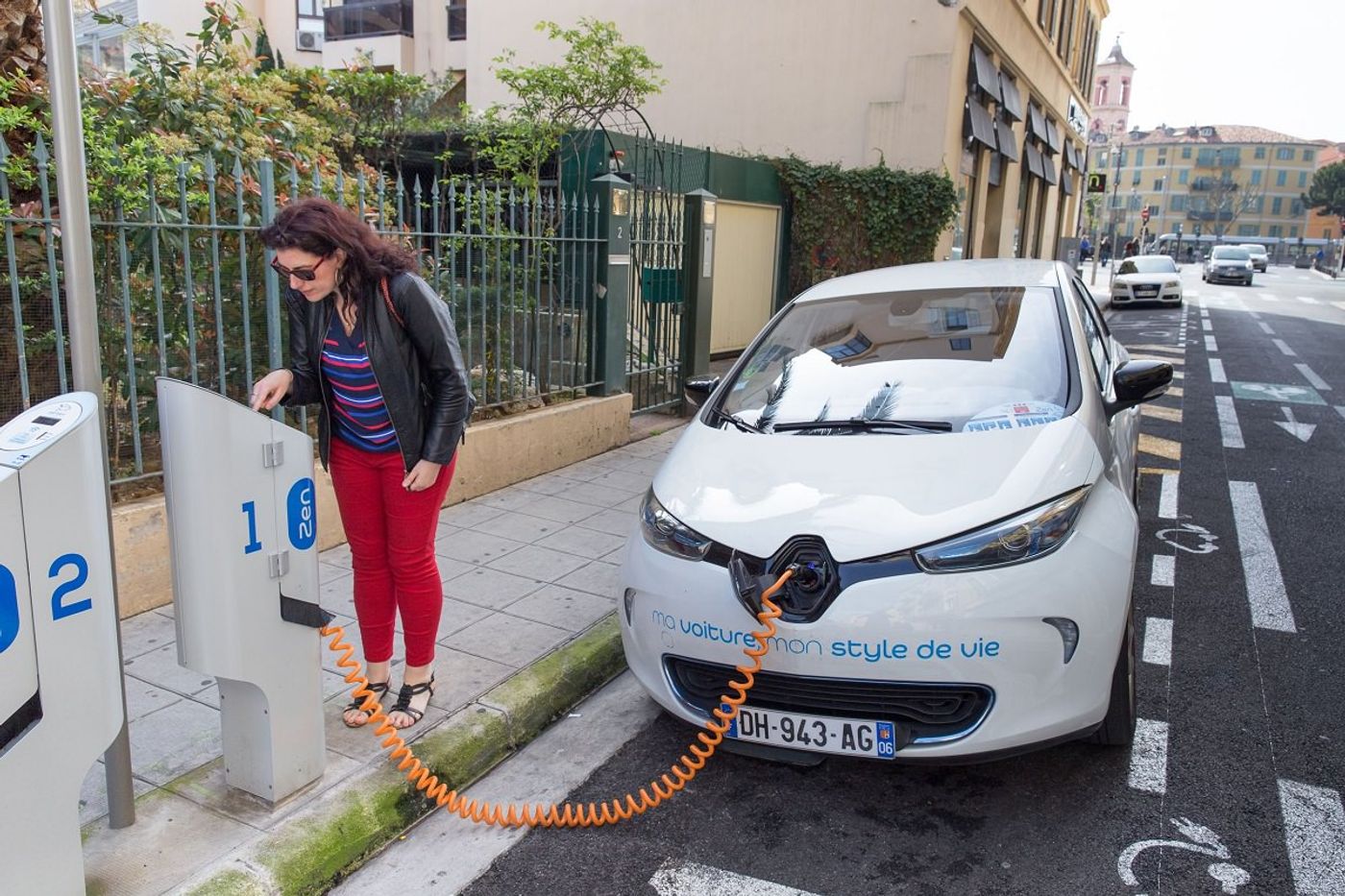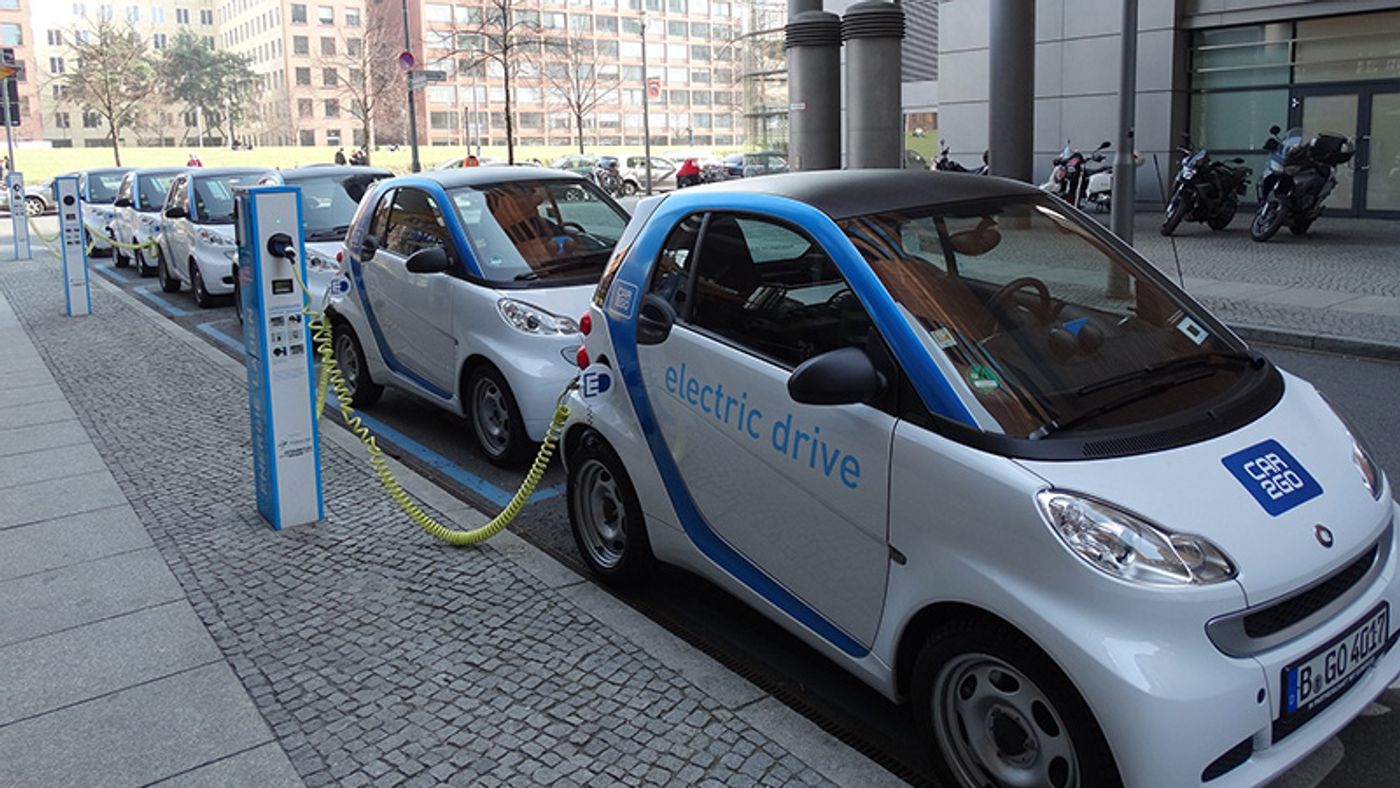Popularity of electric cars continues to rise
According to the latest Global EV Outlook report published by the International Energy Agency, the number of electric cars globally increased to 2 million vehicles in 2016, after intense growth in 2015. Due to country commitments made in the Paris Climate Accord, nations around the world are attempting to lower carbon emissions by promoting electric vehicles (EVs).
China is in the lead for this, as it holds the largest market, accounting for 40% of the global market. China boasts more than 200 million electric two-wheelers and more than 300,000 electric buses. The US and Europe are the other two largest markets; together, all three regions account for over 90% of all EVs sold around the world.
It seems that countries are looking to continue this trend, as 10 nations including the UK, US, France, Germany and Japan, committed a non-binding target of 30% of market share for electric vehicles by 2030. Other nations are already particularly heady about the transition to electric. Norway had the highest market share last year globally for electric cars at 29%. The Netherlands, the closest following Norway, was at 6.4%, and Sweden was seen at 3.4%. Watch the video below to see how Norway's government made electric cars irresistable.
However, it was hoped that electric cars would see faster growth. President Obama hoped the US would reach one million electric cars by 2015; we only reached 280,000. Germany’s chancellor, Angela Merkel, has also hoped her country would reach one million electric cars by 2020, but says that is currently unlikely. Such a transition is obviously quite the commitment, and it is thought that it may take a decade, with goals of reaching 9-20 million electric cars on the road by 2020, and 40-70 million by 2025.
Following the report, EVs only accounted for 0.2% of total passenger light-duty vehicles in 2016. In order to actually make a dent in reducing carbon emissions and keep temperatures from rising less than 2°C by the end of the century, the number of electric cars will need to reach 600 million by 2040.
Sources: IEA, BBC, Greentechmedia










